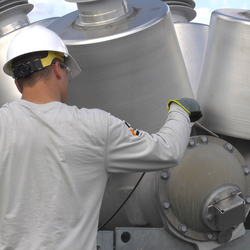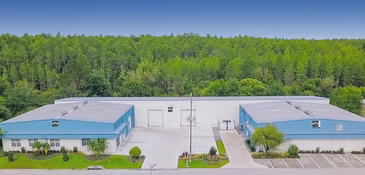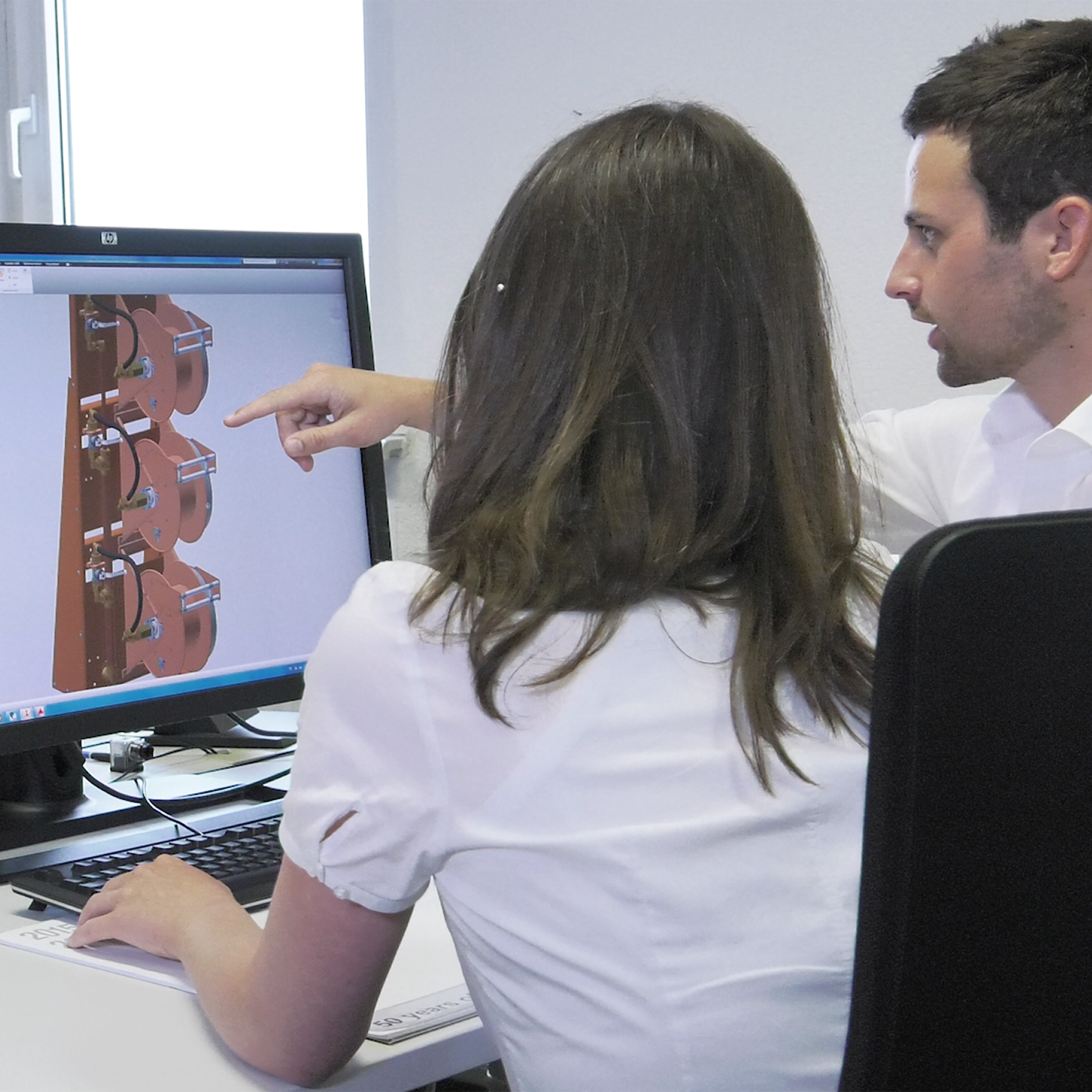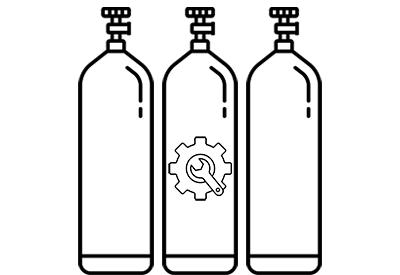Why Does Maintenance for SF6 Gas Handling Accessories Matter?
As valuable as SF6 gas is for high-voltage applications like arc quenching and insulation, it’s also a greenhouse gas with a high global warming potential. As such, proper handling and management of SF6 gas equipment is crucial to reduce environmental impact.
Minimizing their environmental footprint isn’t the only concern for organizations using SF6 gas. Government agencies like the United States Environmental Protection Agency have put regulations to monitor and control SF6 use. Failure to comply with these guidelines can result in hefty fines and reputational damage.
SF6 products like gas handling accessories and measuring devices ensure proper usage of SF6 gas for zero emissions. However, these instruments are only as effective as their last maintenance check. Regular maintenance ensures longevity, accuracy, and safety of equipment and accessories. It helps boost productivity and efficiency and often saves costs.
Maintenance Tips for SF6 Gas Handling Accessories
The type of handling equipment you need will depend on the specialty gas. If you use more than one specialty gas, you may need different accessories for each. You also want to clearly label equipment to ensure an instrument designated for one gas doesn’t get mixed up with another and affect the purity of the gas.
In addition to having the right handling accessories, there are several general maintenance tips:
- Clean equipment between professional SF6 maintenance equipment checks to remove contaminants
- Note all physical changes to equipment and alert a professional
- Schedule replacements according to professional recommendations before minor issues become bigger challenges
The following explains specific considerations with SF6 gas equipment and SF6 gas handling accessories maintenance:
Service Hoses
With SF6 gas hoses, maintenance depends on the material. Rubber hoses must be replaced every six years, while wire braided hoses technically have no expiration. A wire braided hose with heat shrink tubing is even more durable. It has no expiration and is resistant to corrosion and UV up to 100º C.
SF6 Gas Fittings
SF6 fittings and couplings connect equipment and accessories to gas compartments, providing a vacuum seal to avoid leaking. Regular SF6 maintenance involves monitoring fittings and retightening them when necessary. This ensures fittings continue providing emissions-free gas handling. Maintenance of SF6 gas fittings is one of the most important steps because this is often where emissions can occur. For example, DILO technicians have encountered a common problem created by rubber O-rings, the traditional approach to providing a seal between connections. When users remove the cap where the fitting connects to the component, the O-ring often remains inside the cap. Many users aren’t aware the O-ring is vital for connecting the female coupling and providing a seal. They connect the fitting loosely, leaving the opportunity for emissions. It’s for this reason that DILO innovated self-sealing valves and couplings. They allow users to connect two coupling parts by screwing them together. This eliminates the need for rubber O-rings and offers reliability.
SF6 Gas Cylinder Maintenance
Maintenance for SF6 gas cylinders begins with identifying the source of the leak. There are several leak points around the valve, including the main valve, safety valve, and cylinder valve. Technicians who maintain SF6 gas handling equipment use multiple methods for detecting leaks, such as:
SNOOP® Solution
Also called bubble mix, SNOOP® is a soapy water solution available for purchase online and in many retail stores. You can also create SNOOP® using diluted liquid dish soap (20:1) and a sterilized spray bottle. Spray SNOOP® on flanges, tubing, and porous castings. If the solution bubbles, gas is present and trying to pass through the soapy water. It may take a few minutes for pressure to build and bubbles to form.
SNOOP® is only viable for grounded components. It may not provide the most accurate results if temperatures are below freezing. Additionally, you cannot spray it on live parts while the cylinder is in service. In many cases, it’s best to use SNOOP® after pinpointing the leak’s location with a handheld detector or camera.
SF6 Sensitive Camera
The SF6 camera is one of the best methods for leak detection on energized equipment. Benefits include:
- Capturing digital images and videos to visualize leak location and severity
- Detecting very small leaks of 0.5 lb. of SF6 annually
- Allows for multiple attempts at leak location without repeated outages (helpful when trying to catch an active leak later)
SF6 cameras are expensive and may not be worth the investment unless you need frequent maintenance. As cameras, they’re also subject to the same limitations found with other types of photography. Wind conditions, inadequate sunlight, and reflections from other surfaces can all affect the accuracy of results.
Handheld SF6 Leak Pointer
The handheld leak pointer combines the cost-effectiveness of the SNOOP® solution with the reliability of the SF6 camera. It’s easy to use, even if needed infrequently. Use an SF6 leak pointer to find leaks in control cabinet tubing, gauges, and switches. It also helps determine the concentration of gas in a cylinder.
A challenge with handheld leak pointers is that they can be very sensitive — sometimes too sensitive. In other words, providing false positives where there’s no leak. Strong winds can also interfere with identifying a precise location, and dusty, contaminated environments can affect results. DILO compensates by offering an SF6 leak pointer/sniffer with seven sensitivity levels. This device also accounts for the movement of the air in the room and a range of temperatures for more accurate readings. Other benefits include:
- Rapid response rate and low recovery time of less than one second
- LED display for clear leakage data reading
- Alarm system with 18 settings to alert users about SF6 gas leaks
- Powered by two “C” alkaline batteries instead of charging
- Can adjust sensitivity level in real time
Offline Method – Bag Check
When outages occur, and other methods are unavailable, conduct a bag check. This tactic involves placing garbage bags or plastic sheeting over flanges to collect leaking gas. In addition to all flanges, bag up inspection ports and bushing top plates. Be sure to fasten the bag tightly with tape. Then, let the bag sit for two or more hours for the leaking gas to accumulate. After this period, put a sniffer into the bag to analyze. From there, you’ll want to use the SNOOP® solution to pinpoint the leak’s location. .
Cylinder Hydro-Testing
Another consideration with SF6 gas cylinder maintenance is hydro-testing. Cylinders are often requalified every five years. If requalified every 10 years, cylinders must have a five-pointed star stamped after the test date. This stamp should appear at least one-fourth of an inch from the top.
In some cases, a cylinder may require cylinder requalification while still within the five or ten-year period. Such a requalification will not remove the prior date. Instead, a new requalification date is stamped, typically to the right of the prior date. The correct requalification date is the most recent stamped date — the others are void.
Trust DILO for SF6 Gas Handling Equipment and Accessories
Whether for government agencies in the energy sector, private utilities, gas-insulated equipment OEMs, or engineering firms, DILO has the gas-handling equipment and accessories you need. We also offer after-sales support and accredited SF6 gas handling training. To learn more, contact us today.





